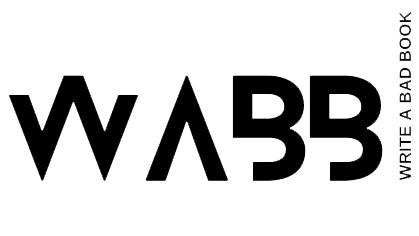In this exercise we will write about an intriguing object without telling the actual reason that makes it so special. Withholding information and slowly revealing it, is a great technique to keep your readers captivated throughout your story.
By using an object as a focal point for intrigue, you not only add depth to your narrative but also engage your readers in a process of discovery. This exercise helps you master the art of revealing information gradually and keeping your audience hooked throughout the story.
This might be a bit difficult if you are just starting or not working on a bigger story. You can make it easier by writing about an object you know. In step one think about an object you own that is very important to you for specific reasons. Follow the steps below without revealing it’s importance until the very end.
Select an Object
Choose an object that will play a significant role in your story. It could be a seemingly ordinary item or something unique to your fictional world. Consider how this object will tie into the larger story.
Describe the Object
Write a detailed and vivid description of the chosen object. Consider its physical appearance, texture, colour, and any unique features. Use sensory details to make the object come alive for the reader. However, avoid explicitly stating its importance or role in the story at this point.
Integrate the Object into Scenes
Incorporate the object into one or more scenes throughout your story. Show characters interacting with it, mentioning it in conversation, or simply having it present in the background. The goal is to make the object a recurring element without immediately revealing its significance.
Characters’ Reactions
Pay attention to how your characters react to the object. Are they secretive about it? Do they show heightened emotions when it’s mentioned or touched? Use their reactions to convey the importance of the object without explicitly stating its role in the story.
Tease Information Gradually
As the story progresses, provide small, incremental pieces of information about the object. These could be snippets of its history, its connection to certain characters, or its potential role in the unfolding events. Avoid revealing everything at once.
Reader Speculation
Create opportunities for readers to speculate about the object’s significance. Drop subtle hints and clues that may lead them to form theories about its importance. Encourage them to engage with the story by trying to unravel the mystery surrounding the object.
Build Tension
Use the object to build tension and anticipation. As the narrative unfolds, make it clear that the object holds crucial information or is a key element in the resolution of the story. Keep the readers invested in discovering the full story behind the object.
Reveal at a Strategic Moment
Plan a strategic moment in your story to reveal the true significance of the object. This revelation should ideally come at a point where it has the maximum impact on the overall plot. The unveiling should provide a satisfying payoff for the readers’ curiosity and speculation.
